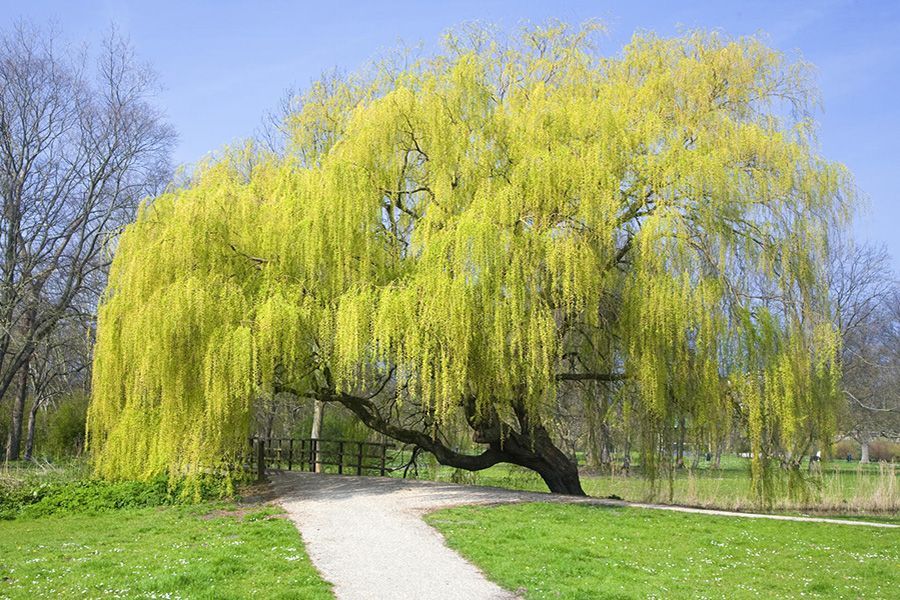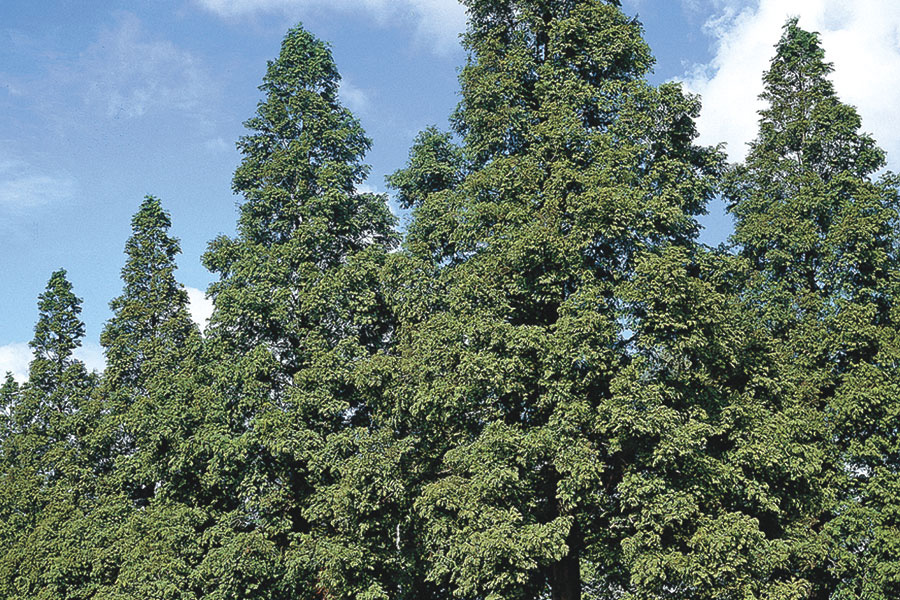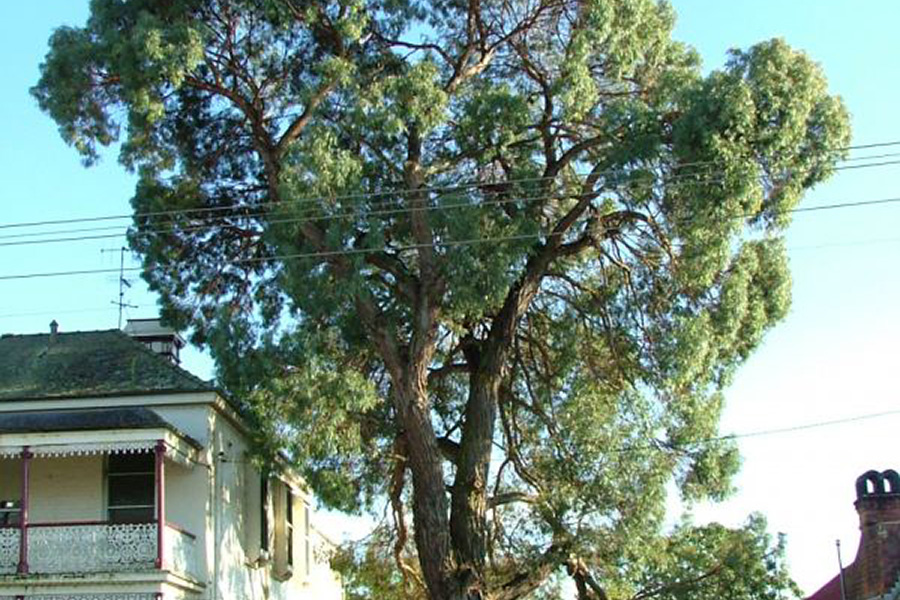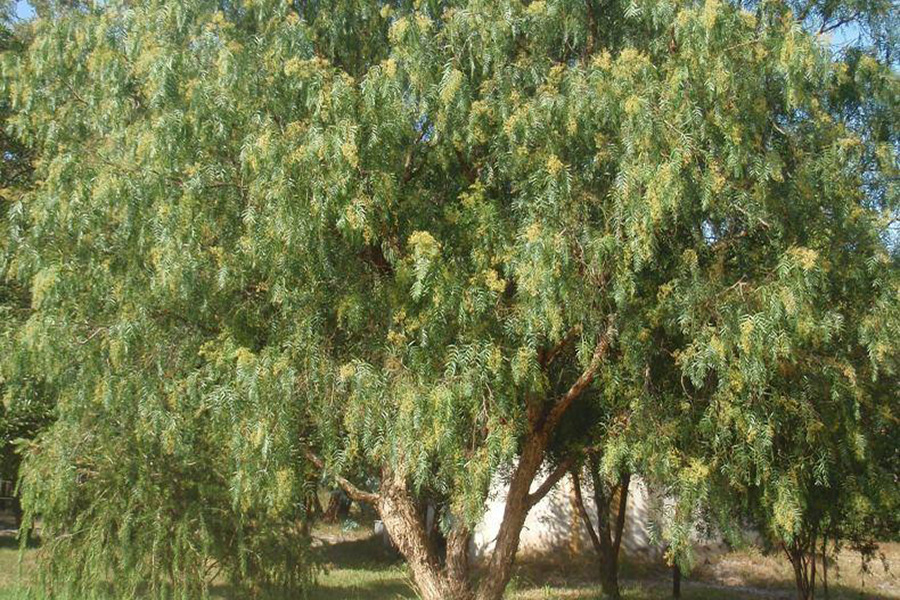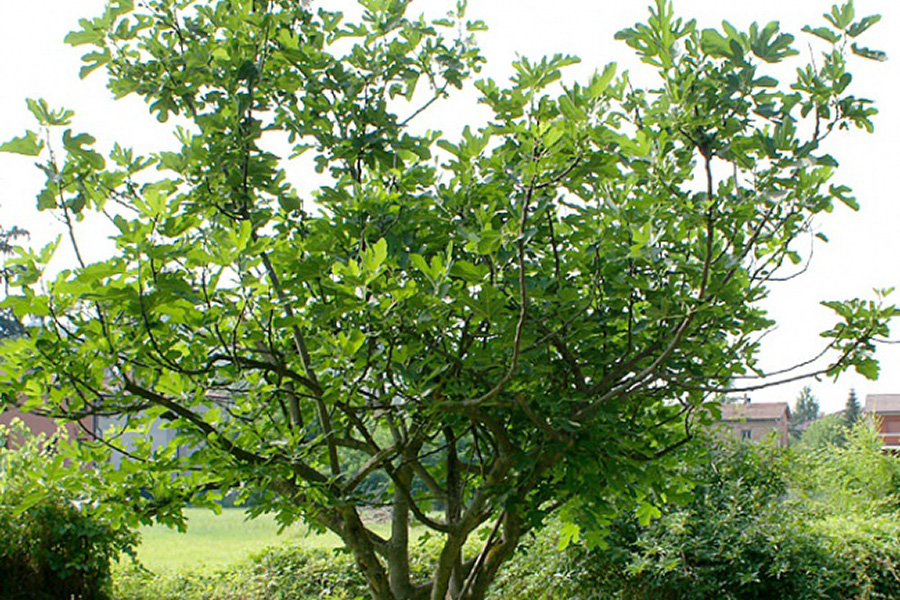7 Fast-Growing Trees for Cooling the Climate
Introduction
Trees help to reduce the local temperatures in a variety of ways.
Among the most important ways that they do so includes the process of transpiration , in which trees draw water from the ground and pump it into the air, and through the shading abilities of their leafy canopies, which shield your home and yard from the sun’s scorching rays. Accordingly, planting shade trees on your property will not only make it more comfortable; the reduction in temperatures will help to lower your cooling costs.
Planting trees is one of the most effective ways to combat climate change and mitigate its impact on our environment. Not only do trees absorb carbon dioxide, a major greenhouse gas, but they also provide shade, reduce energy consumption, and promote biodiversity. In urban areas , where the urban heat island effect exacerbates temperatures, strategically planting fast-growing trees can significantly contribute to cooling the climate and improving overall air quality.
The problem is that most of these benefits do not really start coming to fruition until the trees grow and mature. Because mature trees can be very expensive to purchase and install, many homeowners seek out species with rapid growth rates. To that end, we have prepared a list of seven species that are likely to thrive in Northern California and grow quickly. While none of these trees are native species, they are not invasive nor do they cause significant environmental damage.
Weeping Willow ( Salix babylonica )
A Large Golden Willow Tree Shades a Walkway
The weeping willow is renowned for its graceful, cascading branches that sweep the ground, creating a picturesque silhouette. The graceful, drooping branches and leaves of weeping willows are unmistakable. Though they adapt well to the Bay Area, these trees do require wet-to-moist soil, so consider planting them in low-lying areas on your property.
Native to China, this fast-growing deciduous tree thrives in moist soil and full sunlight, making it an ideal choice for riparian zones and wetland restoration projects. Beyond its aesthetic appeal, the weeping willow plays a crucial role in stabilizing stream banks and preventing erosion, making it a valuable addition to urban green infrastructure. Its dense foliage provides shade and helps cool surrounding areas, while its flexible branches sway in the breeze, creating a soothing atmosphere in parks and gardens.
Quaking Aspen ( Populus tremuloides )
A Grove of Quaking Aspens in Fall Colors
The quaking aspen is a distinctive deciduous tree native to North America, known for its shimmering leaves that flutter even in the gentlest breeze. This is courtesy of long petioles connecting the leaves to the branches. Quaking aspens do best in cooler, high-elevation locations. Their aesthetic allure is matched by their ecological significance, as they provide habitat for diverse wildlife and aid in soil stabilization. Remarkably, they reproduce through suckering, forming vast clonal colonies connected by shared root systems, making them among the largest and oldest living organisms globally.
These clonal groves not only endure for thousands of years but also act as crucial carbon sinks , absorbing substantial amounts of carbon dioxide and helping mitigate climate change. With their rapid growth and efficient carbon uptake, Quaking Aspen forests play a pivotal role in efforts to combat global warming. Moreover, their canopy offers cooling shade, making them valuable additions to urban and suburban landscapes, where alleviating rising temperatures is increasingly crucial.
Dawn Redwood ( Metasequoia glyptostroboides )
A Row of Lush, Green Dawn Redwoods
The dawn redwood is often dubbed as a “living fossil.” This remarkable tree species was once thought to be extinct until it was discovered growing in remote areas of central China in the mid-20th century. Revered for its ancient lineage dating back millions of years, the dawn redwood stands as a testament to the resilience and adaptability of nature. These trees can reach towering heights, often exceeding 100 feet, with a distinct pyramidal shape that adds grandeur to any landscape.
Planting dawn redwoods offers numerous environmental benefits. These trees are renowned for their rapid growth rate, capable of adding several feet in height every year. Their dense foliage provides ample shade, reducing energy consumption in buildings during hot summers. Additionally, Dawn Redwoods are deciduous conifers, shedding their needles in the fall, which contributes organic matter to the soil, enriching its fertility. Their vibrant green foliage transforms into stunning hues of coppery red in the fall, creating a breathtaking spectacle. With proper care and maintenance, Dawn Redwoods can thrive in a variety of soil types and climatic conditions, making them an ideal choice for sustainable landscaping projects aimed at combating climate change.
Nichol’s Willow-Leaved Peppermint ( Eucalyptus nicholii )
A Large Willow-Leafed Peppermint Tree Provides Shade and Cooling for a House
The willow-leaved peppermint tree is a graceful and aromatic species native to Western Australia. Its slender, weeping foliage and reddish-brown bark make it an attractive addition to any garden or landscape. Named for their fragrant leaves, these Australian trees quickly grow to heights of about 50 feet. One of the best features of these trees (aside from their picturesque form) is their drought tolerance, which makes them wonderful for California plantings. This evergreen tree boasts a natural elegance, with its pendulous branches swaying gently in the breeze, creating a serene ambiance.
In addition to its aesthetic appeal, the willow-leaved peppermint tree offers numerous environmental benefits. Its dense canopy provides shade and shelter for birds and other wildlife, contributing to biodiversity in urban and suburban areas. The tree’s aromatic foliage acts as a natural air freshener, releasing refreshing scents that enhance the overall ambiance of outdoor spaces. Furthermore, its tolerance to a wide range of soil types and climates makes it a versatile choice for landscaping projects. Whether planted as a specimen tree, hedge, or windbreak, the willow-leaved peppermint tree adds beauty, fragrance, and ecological value to any environment.
Peruvian Pepper Tree ( Schinus molle )
A Healthy Peruvian Pepper Tree with Cascading Leaves
Another drought-tolerant species, pepper trees are relatively short-lived trees that may reach 50 feet in height on good sites. Although they are not native, the California Invasive Plant Council rates their invasive potential as “limited.”
The Peruvian pepper tree, native to South America, is a striking addition to any landscape, valued for its resilience and ornamental allure. With its lush, fern-like foliage and clusters of pinkish-red berries, it adds a burst of color and texture to outdoor spaces. Beyond its aesthetic charm, this tree boasts cultural significance, deeply rooted in traditional medicine and folklore , making it a captivating choice for both homeowners and arborists alike.
In addition to its visual appeal, the Peruvian pepper tree offers a range of environmental benefits, enhancing the ecological balance of its surroundings. Its dense canopy provides ample shade, creating cooler microclimates that benefit both humans and wildlife. Furthermore, the tree’s robust root system contributes to soil stabilization, preventing erosion and promoting soil health. This adaptability to diverse environmental conditions, from arid landscapes to coastal regions, underscores its versatility as a landscaping choice, offering enduring beauty and ecological value in urban and suburban settings.
Edible Fig ( Ficus carica )
Edible Fig Trees Provide Fruit and Help Cool the Climate
The edible fig tree, unlike some of its cousins, remains small enough to be manageable, as it rarely eclipses 25 feet in height. It is a fascinating addition to any landscape, offering both ornamental beauty and delicious fruit. Originating from Western Asia and the Mediterranean region, this deciduous tree is well suited to a variety of climates, including the mild conditions of the San Francisco Bay area.
One of the most appealing aspects of the edible fig tree is its versatility. It can be grown as a small tree or pruned to fit into a container, making it suitable for both urban and suburban environments. With proper care and maintenance, it can thrive in a range of soil types, from sandy loam to clay, as long as the soil is well-draining.
The edible fig tree is produces sweet, juicy figs that can be enjoyed fresh or used in a variety of culinary applications, from jams and preserves to baked goods and salads. Additionally, fig trees are relatively low maintenance, requiring minimal pruning and fertilization to produce a bountiful harvest. Whether grown for its fruit or its ornamental value, the edible fig tree is a delightful addition to any garden or landscape.
Red Maple ( Acer rubrum )
A Red Maple Tree Adds Color to a Park Setting
The red maple is a stunning deciduous tree prized for its vibrant foliage and adaptability to various soil types. Native to eastern North America, this tree is renowned for its brilliant display of red, orange, and yellow leaves in the fall, adding a splash of color to the landscape. With its moderate growth rate and tolerance to a wide range of environmental conditions, including urban pollution and drought, the red maple is an excellent choice for landscaping projects in the San Francisco Bay area.
With its adaptability to various soil types and growing conditions, including wet or dry soils, this fast-growing tree is well suited for urban environments. Its dense canopy provides shade and helps reduce heat island effects, while its vibrant foliage adds visual interest throughout the year. By planting red maple trees, communities can enhance their urban landscapes while mitigating the impacts of climate change.
Conclusion
After purchasing your new trees, you will need to plant them correctly , to ensure they adapt well to their new surroundings. By planting fast-growing trees strategically, communities can harness the cooling benefits of trees to combat the urban heat island effect and mitigate the impacts of climate change. These seven tree species offer a range of options for urban planting, each contributing to improved air quality, reduced energy consumption, and enhanced biodiversity. As cities continue to grapple with rising temperatures and environmental challenges, investing in tree-planting initiatives is essential for creating resilient, sustainable urban environments.
Bay Area residents needing tree installation can simply contact Arborist Now . Our ISA-certified arborists can help guide you through the entire process, and ensure your trees have a great chance to thrive in your yard.
Originally published on May 20, 2016.



